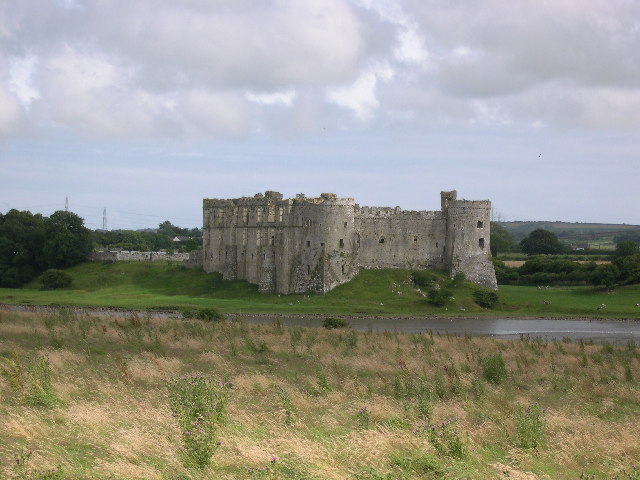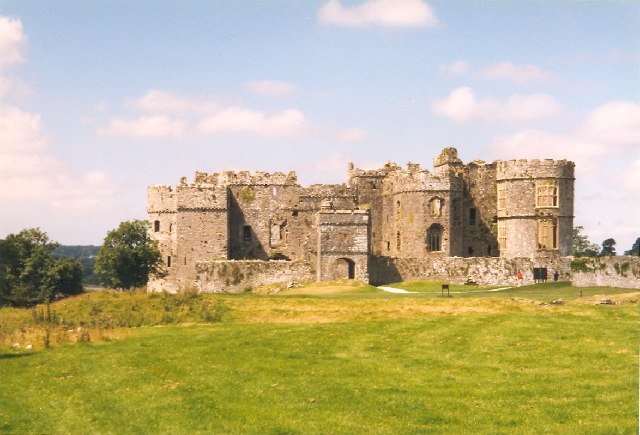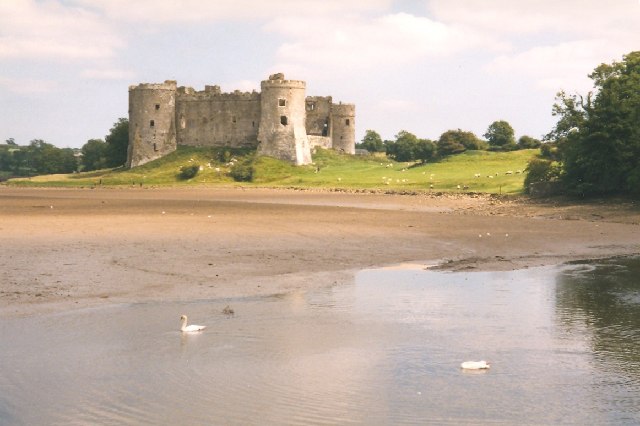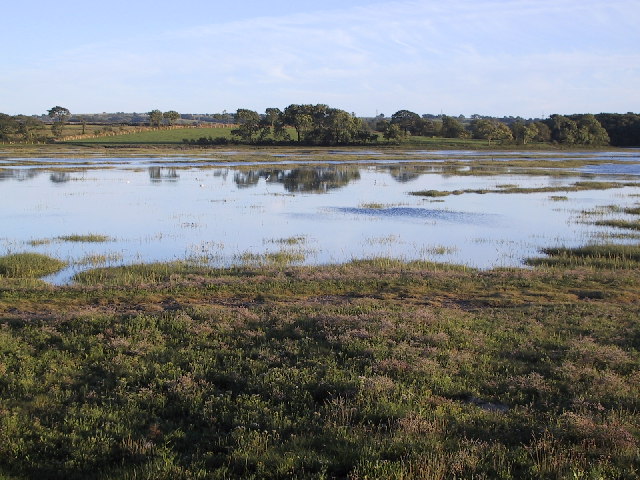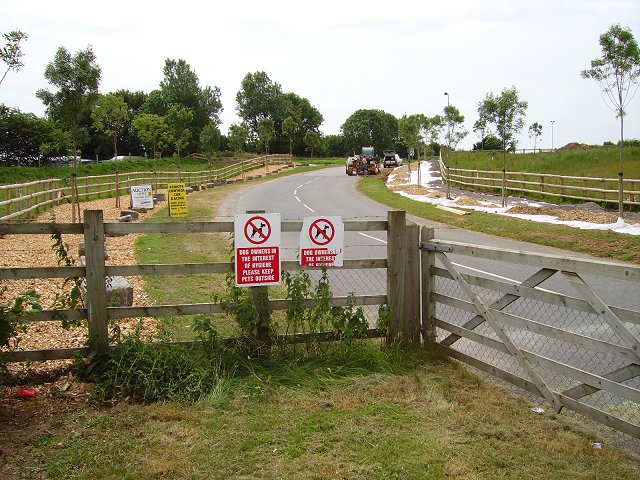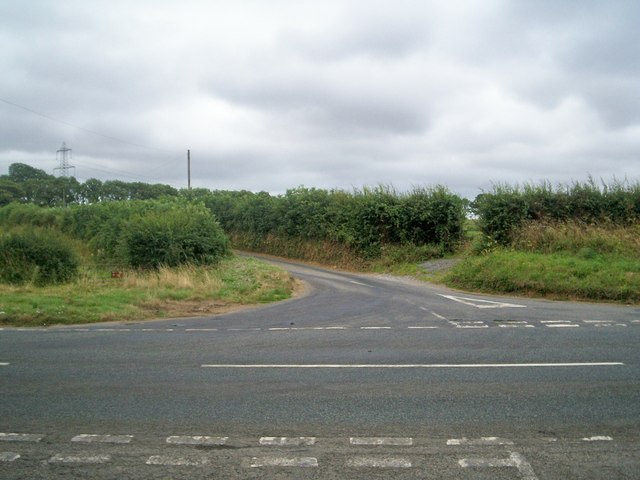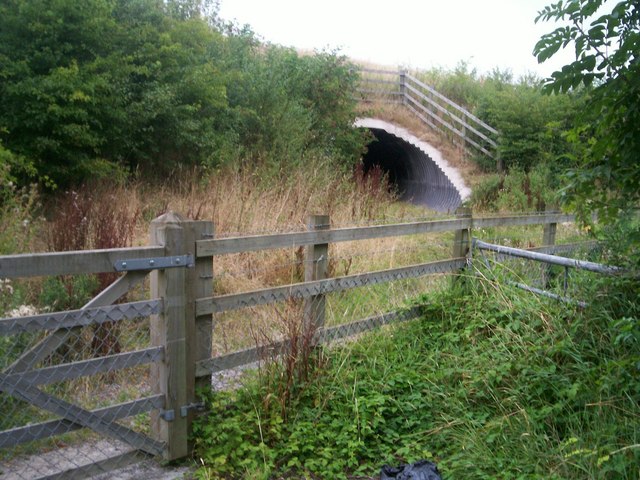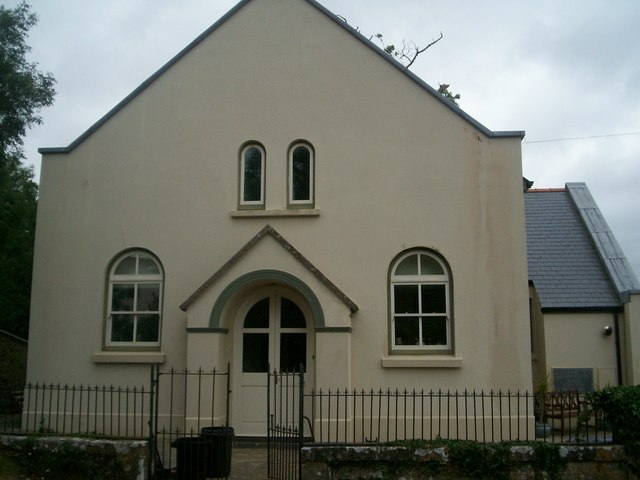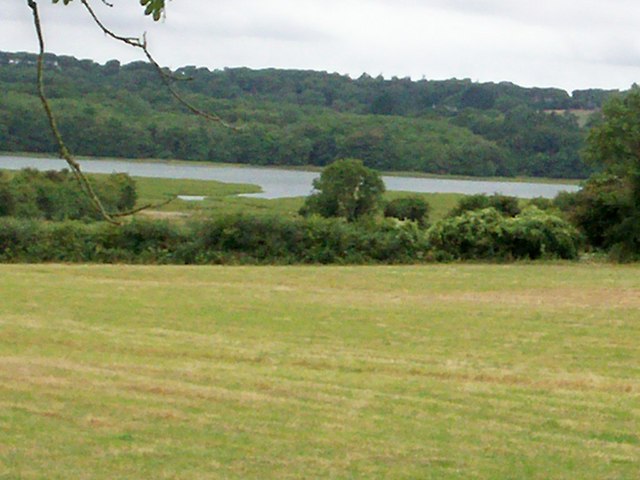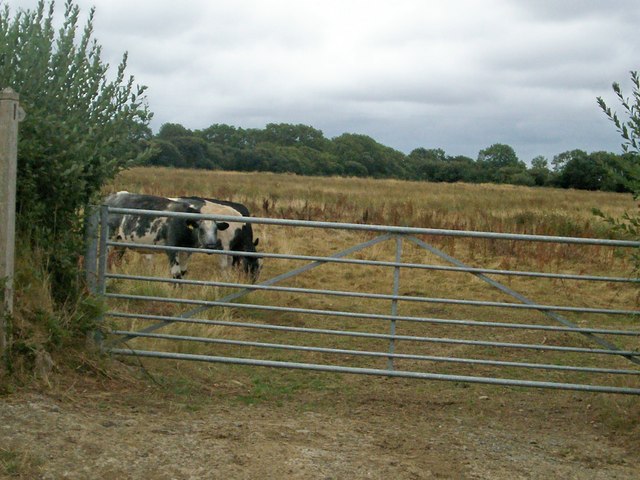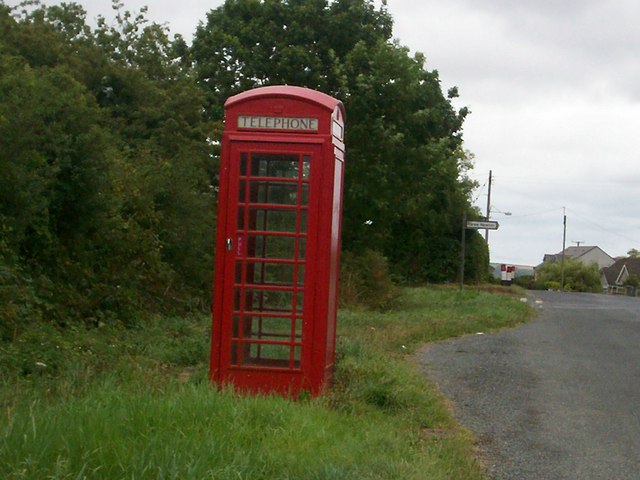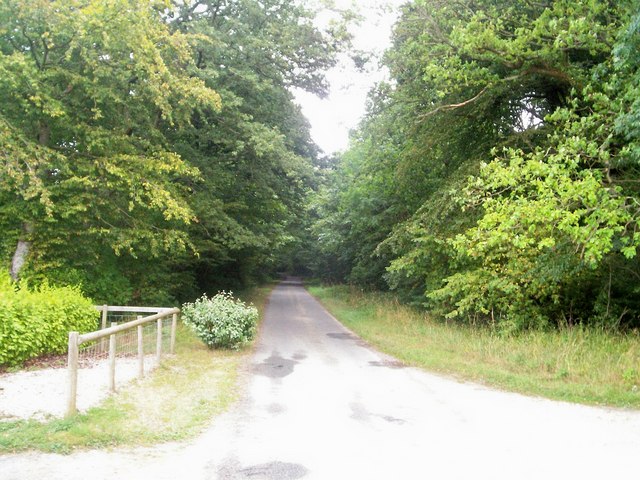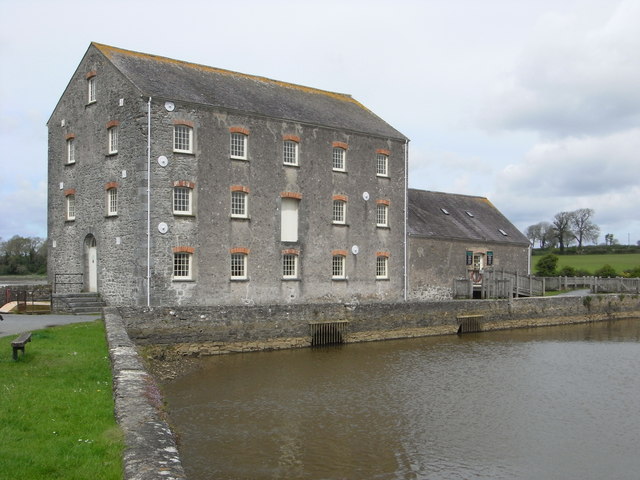Carew Cross
Heritage Site in Pembrokeshire
Wales
Carew Cross
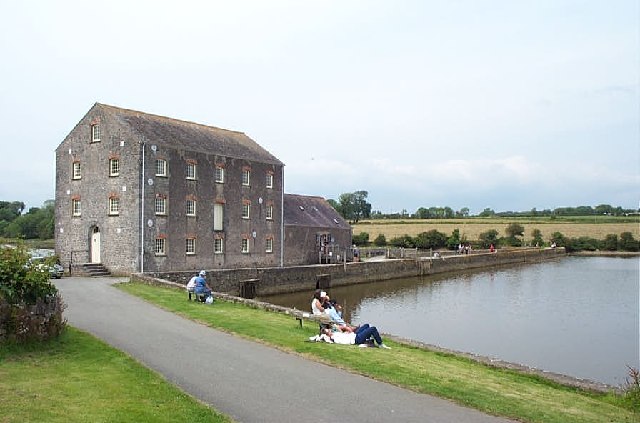
Carew Cross is a historical monument located in the village of Carew in Pembrokeshire, Wales. It is a significant heritage site that holds great cultural and historical importance. The cross is situated in the grounds of Carew Castle, a medieval fortress that dates back to the 12th century.
The Carew Cross is believed to have been erected in the 11th century and stands at an impressive height of 4.5 meters. It is a Celtic-style cross made from local limestone and features intricate carvings that depict various Christian scenes such as the crucifixion of Jesus Christ and biblical figures like Adam and Eve.
The cross is adorned with beautiful decorative patterns, including interlacing motifs and knotwork, which are typical of the Celtic art style. It is considered to be one of the finest examples of early medieval stone carving in Wales.
Over the years, the Carew Cross has suffered damage and decay due to weathering and vandalism. However, it has undergone several restoration projects to preserve its historical significance. Today, it is protected as a Scheduled Ancient Monument and is a popular attraction for visitors interested in Welsh history and culture.
Carew Cross serves as a testament to the rich heritage of Pembrokeshire and offers a glimpse into the region's early Christian period. Its location within the picturesque grounds of Carew Castle further enhances its appeal, providing visitors with an immersive historical experience.
If you have any feedback on the listing, please let us know in the comments section below.
Carew Cross Images
Images are sourced within 2km of 51.698/-4.8278 or Grid Reference SN0403. Thanks to Geograph Open Source API. All images are credited.

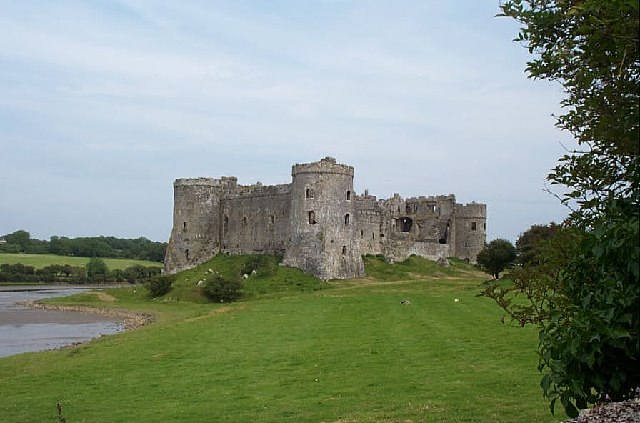
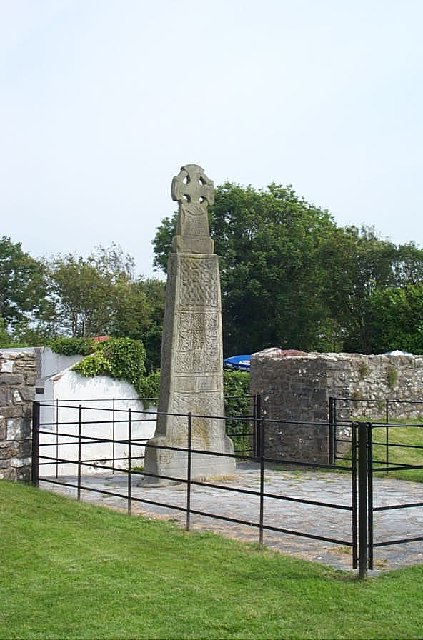

Carew Cross is located at Grid Ref: SN0403 (Lat: 51.698, Lng: -4.8278)
Unitary Authority: Pembrokeshire
Police Authority: Dyfed Powys
What 3 Words
///sapping.speedily.clever. Near Jeffreyston, Pembrokeshire
Nearby Locations
Related Wikis
Carew Cross
Carew Cross (Welsh: Croes Caeriw) is an 11th-century Grade I listed monument in the village of Carew, Pembrokeshire, Wales. == Description == The cross...
Carew, Pembrokeshire
Carew (Welsh: Caeriw) is a village, parish and community on an inlet of Milford Haven in the former Hundred of Narberth, Pembrokeshire, West Wales, 4 miles...
Carew Castle
Carew Castle (Welsh: Castell Caeriw) is a castle in the civil parish of Carew in Pembrokeshire, Wales. The Carew family take their name from this site...
Carew Tidal Mill
Carew Tidal Mill (Welsh: Melin Caeriw), also called the French Mill, is a corn mill in Pembrokeshire, Wales, powered by tidal water. It was built around...
Nearby Amenities
Located within 500m of 51.698,-4.8278Have you been to Carew Cross?
Leave your review of Carew Cross below (or comments, questions and feedback).
